‘Nothing’s Predictable’: Extreme Weather is Ruining Farmers’ Crops and Finances
Daily Yonder
NOVEMBER 27, 2023
His 50-acre farm sits in the bend of the meandering Lamoille River in northern Vermont. By 7:30 the next morning, he and his crew were out in the mud, trying to harvest all they could save. As the climate changes, American farmers face a slew of new threats to their harvests and business models. Soon, the river began to rise.

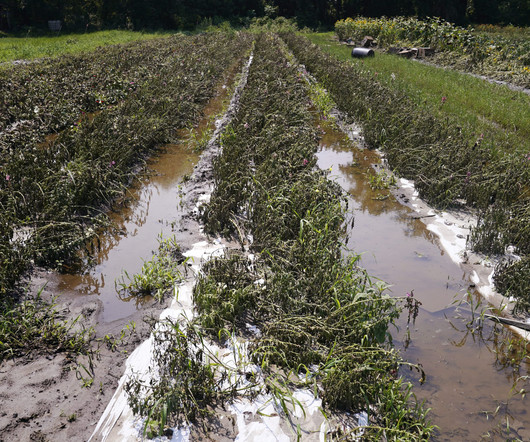

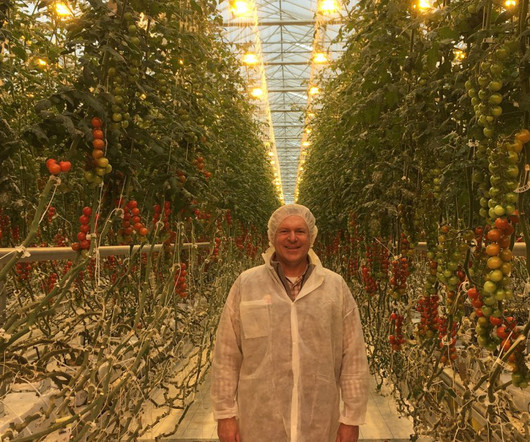

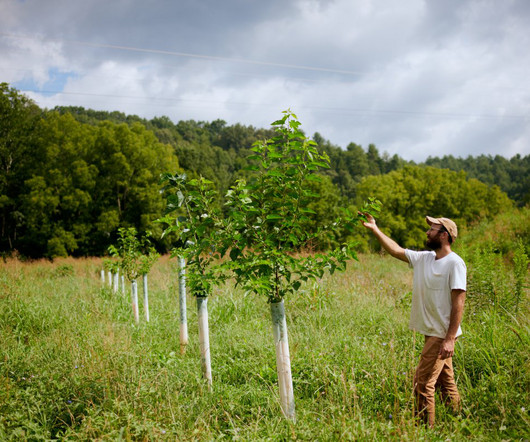
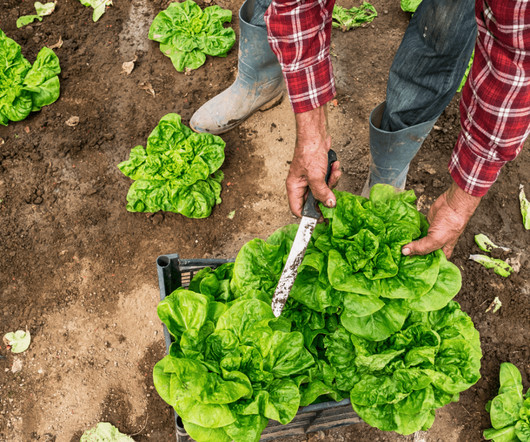

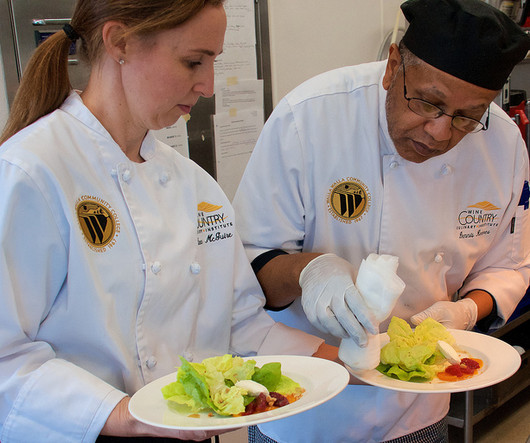



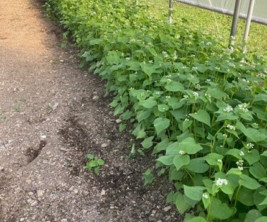
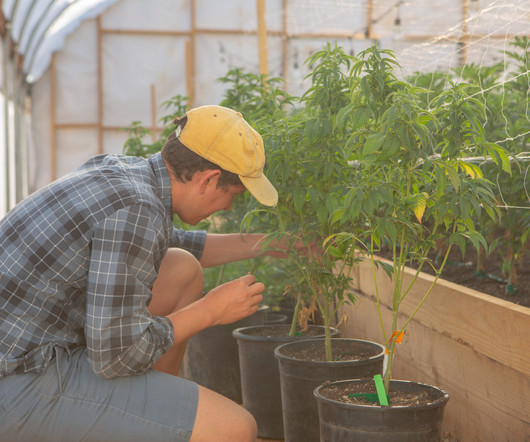





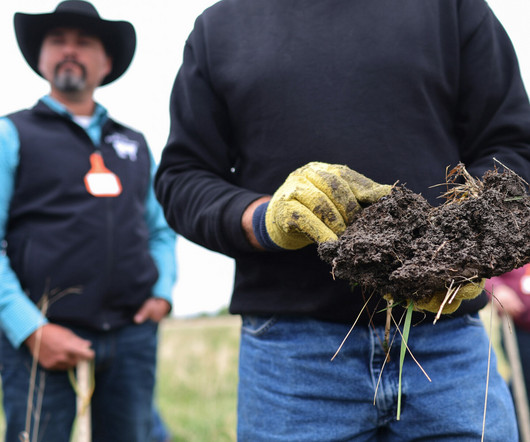







Let's personalize your content